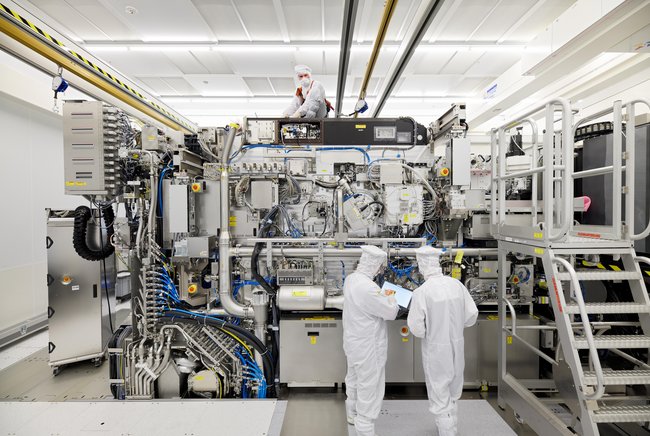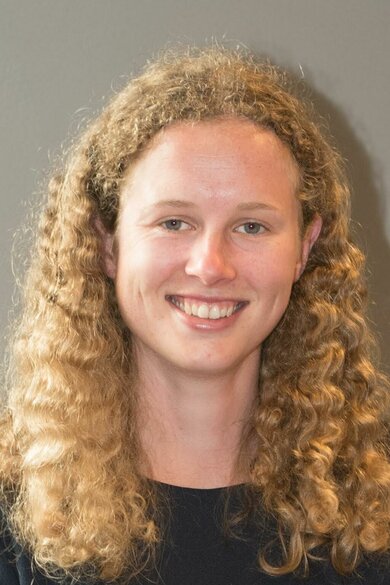How producers and suppliers cooperate more successfully with high-tech products
With her PhD research, Mirjam Meijer explains the success of companies in the region around Eindhoven.

High-tech manufacturers produce multimillion dollar state-of-the-art products. Examples are the production of lithography machines for chip manufacturing by ASML or the production of aircrafts by Boeing or Airbus.Using new models, Mirjam Meijer investigated the supply chain of such high-tech products. Among other things, she discovered that the long-term cooperation of producers and suppliers with a focus on long-term performance plays a major role in the success of Eindhoven companies.
These high-tech products consist of many components that are delivered by dozens of suppliers and all need to be available to assemble the end-product. Whenever a component is missing, this may cause delays in the assembly process and consequently costly delays in delivery of the end-product to the customers.
Success in Eindhoven area
Such delays can be avoided by keeping more inventory of finished components or increasing production capacity. However, this requires investments from suppliers that may be hesitant to invest in costly capacity that may remain unused.
This often leads to capacity investments that are lower than optimal for the entire supply chain. This is a well-known phenomenon in supply chain management, where the overall supply chain performance, measured in terms of total profit, is reduced as all involved parties make decisions that optimize their own objectives.

Meijer investigated how a high-tech manufacturer can incentivize suppliers to develop sufficient capacity even though demand of the end-product is highly uncertain. It is shown that potential long-term collaboration is an important incentive for suppliers to invest adequate capacity.
If manufacturers make the sourcing of components for a new product generation dependent on the performance of suppliers for the previous product generation, suppliers are more willing to invest as this improves their chances on a continued collaboration.
“This research thereby explains successful business practices in the Eindhoven area, where manufacturers and suppliers work together for extended periods with a focus on long-term performance”, says Meijer.
Significant savings
Additionally, this research introduces new supply chain models that capture and utilize specific characteristics of high-tech supply chains. Firstly, it is shown what happens when combining an in-house produced component, which is produced upon receipt of a customer order, with a component sourced at a supplier.
It pays off to take into account the number of orders waiting for production in the in-house production system. Using this available information, instead of ordering the component from the supplier based on fixed targets, could lead to signicant savings.
Secondly, using the large number of components that are required in the assembly of high-tech products, Meijer introduced innovative theory to simultaneously optimize capacity and inventory. “This trade-off between capacity, inventory and shortage risk is generally considered to be a very important yet difficult to solve problem”, according to the PhD candidate.
Mirjam Meijer defended her thesis titled Optimization and Coordination in High-tech Supply Chains on Wednesday February 2nd. She was supervised by prof.dr. Ton de Kok and dr. Willem van Jaarsveld.
Media contact
Latest news


![[Translate to English:] [Translate to English:]](https://assets.w3.tue.nl/w/fileadmin/_processed_/e/0/csm_BvOF%202019_1031_BHF%20license%20TUe%20ILI%20copy_8a50884392.jpg)